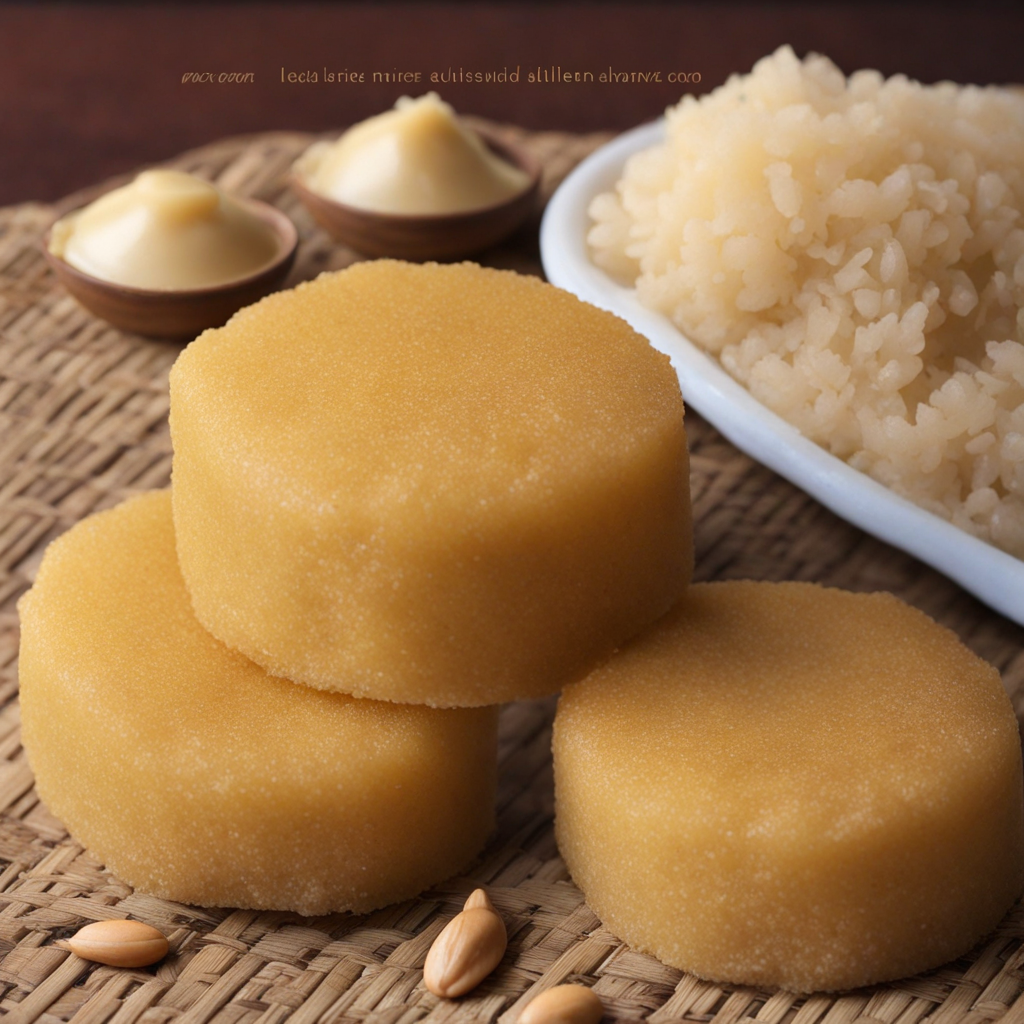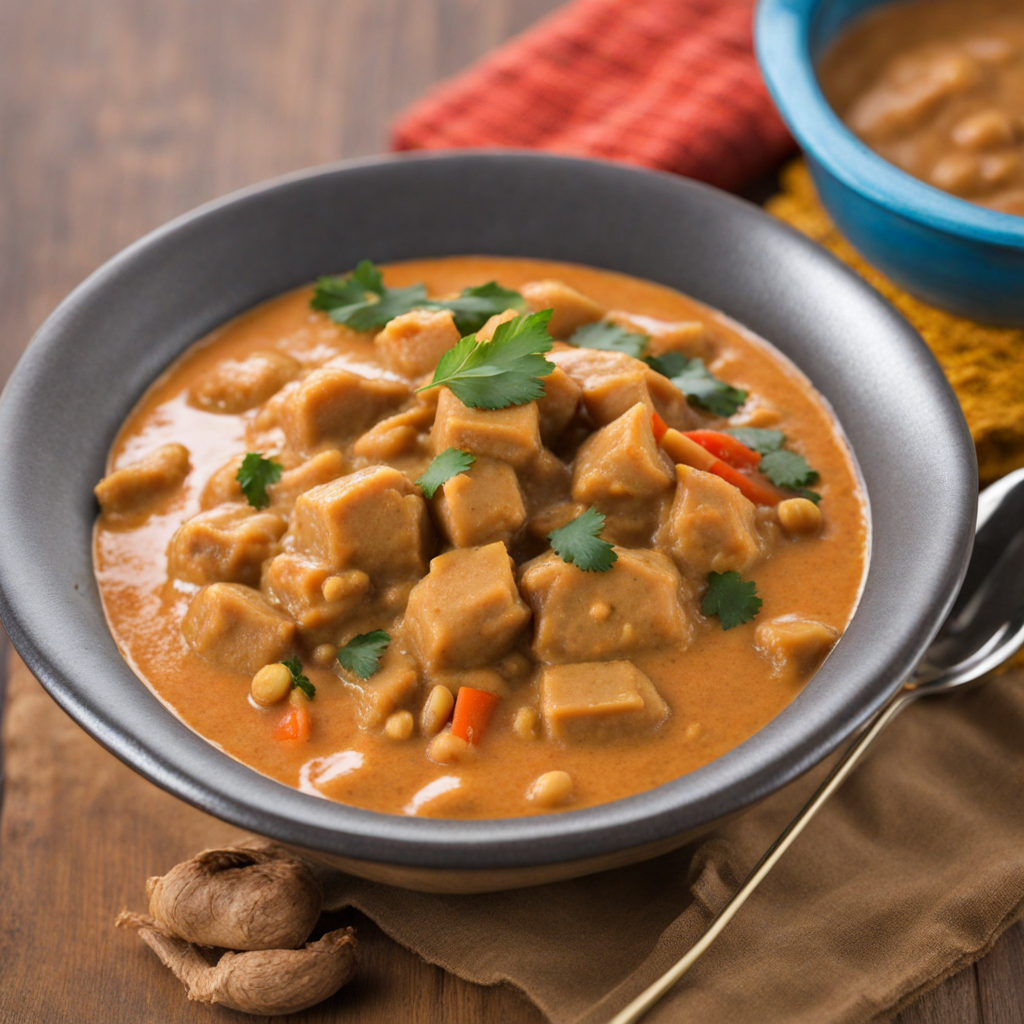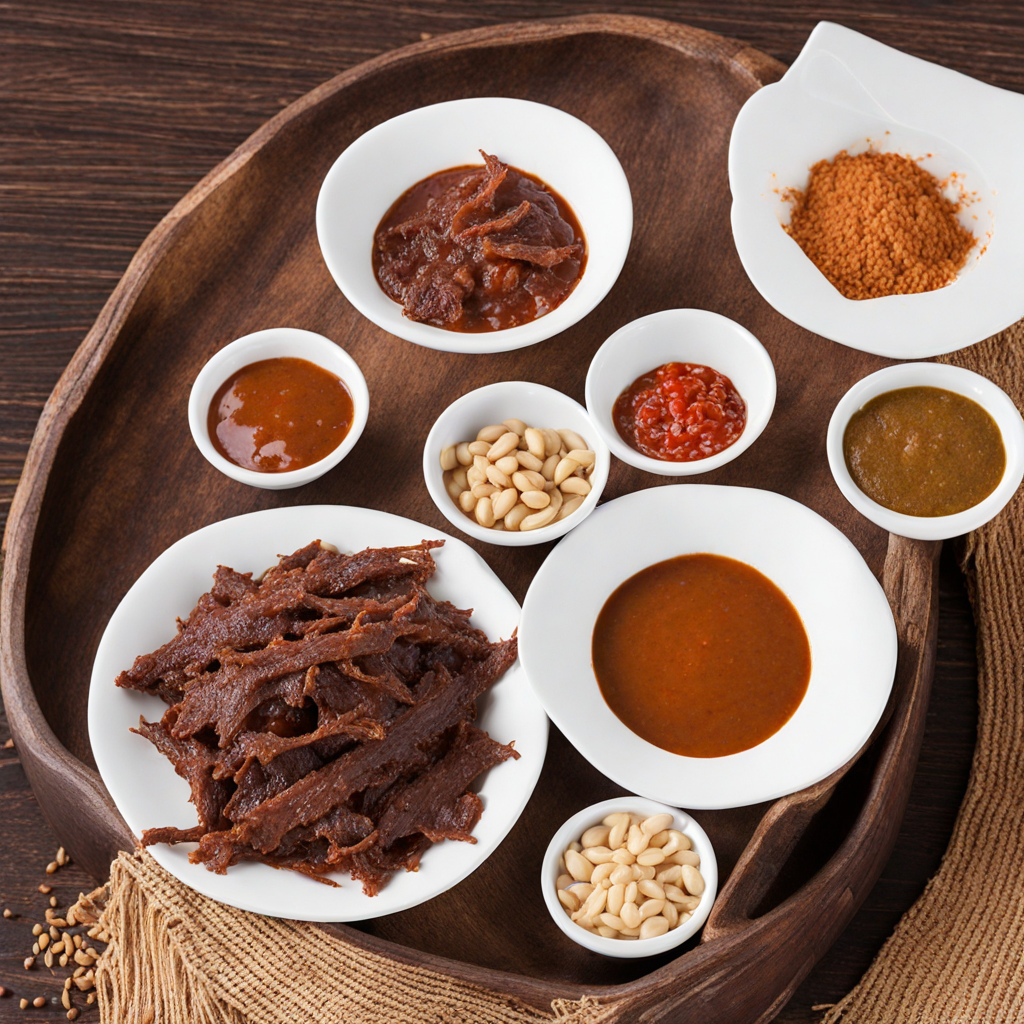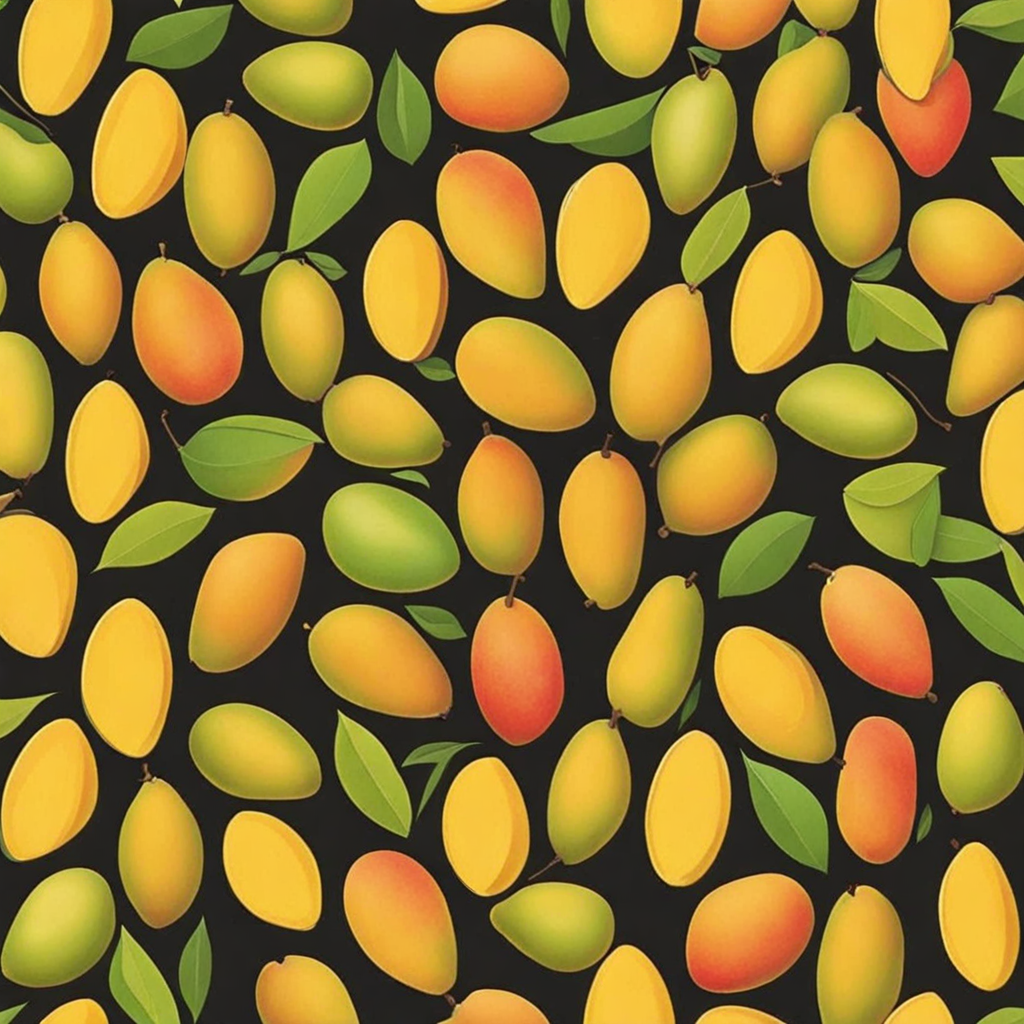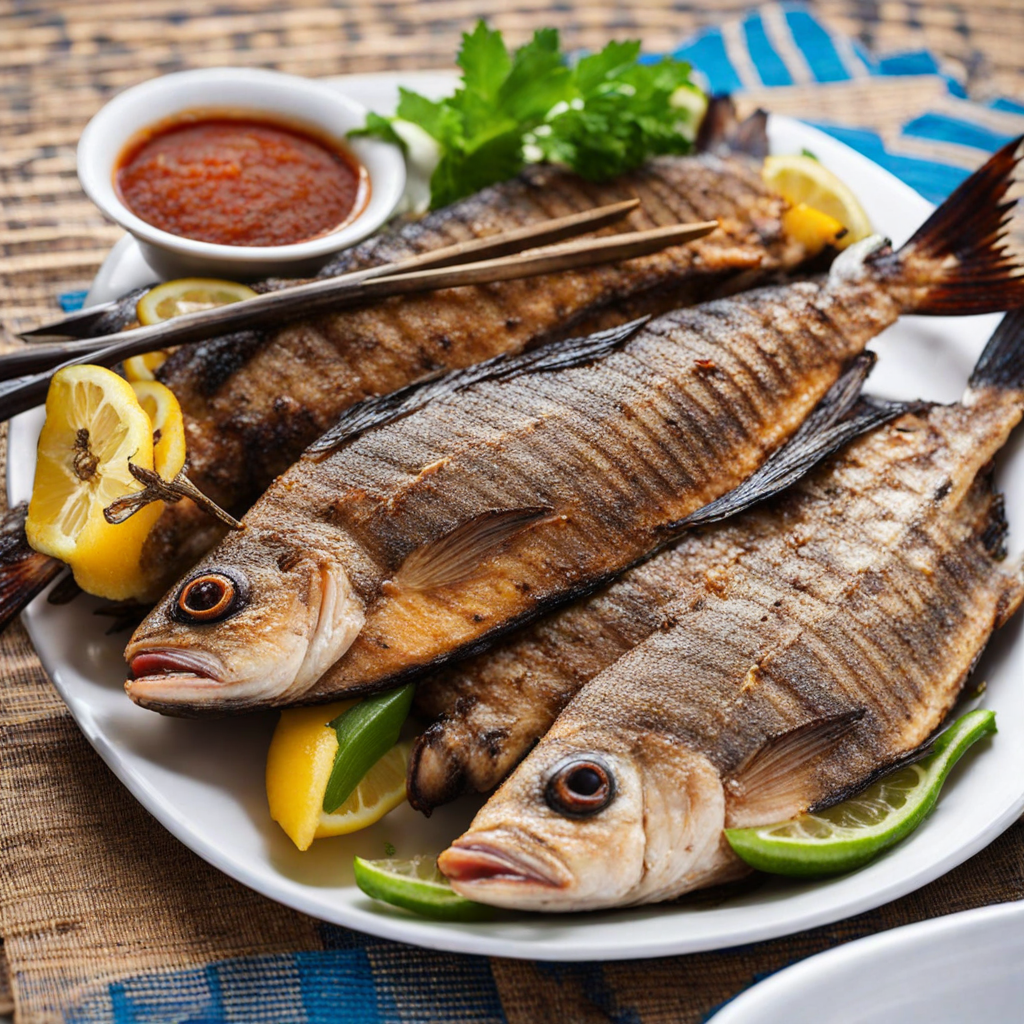Dabileni
Dabileni is a traditional Malian dish that showcases the rich and vibrant flavors of West African cuisine. At its core, Dabileni is a savory stew made primarily from a mix of vegetables, legumes, and proteins, often incorporating locally sourced ingredients like okra, tomatoes, and various spices. The dish is typically flavored with a blend of spices such as ginger, garlic, and chili, creating a harmonious balance of warmth and zest that tantalizes the taste buds. The use of fresh herbs, like parsley or coriander, adds a fragrant touch, making each bite an aromatic experience. What sets Dabileni apart is its unique texture and the way it brings together contrasting elements. The stew is usually thick and hearty, thanks to the incorporation of ground nuts, like peanuts or cashews, which lend a creamy richness to the dish. The proteins can vary from chicken to fish or even tofu for a vegetarian option, allowing for versatility and personalization based on dietary preferences. Each ingredient is carefully selected to not only enhance the flavor but also to provide a nutrient-dense meal that is filling and satisfying. Traditionally served over a bed of rice or with fufu (a starchy side made from yam or plantains), Dabileni is often enjoyed as a communal dish, bringing people together to share in the experience of savoring the complex layers of flavor. The warmth of the stew, combined with the spices, creates a comforting sensation that is perfect for family gatherings or festive occasions. With its delightful blend of textures and flavors, Dabileni invites those looking for a culinary adventure to explore the heart of Malian culture through its food.
How It Became This Dish
Dabileni: A Culinary Jewel from Mali #### Origin and Historical Context Dabileni, a traditional dish from Mali, is not just a meal; it is a testament to the rich cultural tapestry of West Africa. The name "Dabileni" translates roughly to "the one who brings together," which perfectly encapsulates the dish’s role in Malian society. Its origins can be traced back to the diverse ethnic groups inhabiting Mali, including the Bambara, Fulani, and Dogon people, each bringing their unique flavors and cooking techniques to the communal pot. Mali has a long history as a center of trade and culture, particularly during the Mali Empire, which reached its zenith in the 14th century under the reign of Mansa Musa. Known for its wealth and scholarship, the empire facilitated the exchange of ideas, ingredients, and cooking methods across vast distances. As a result, Dabileni evolved, absorbing influences from various cultures, including Arab, Berber, and even European cuisines, particularly during the colonial period. #### Ingredients and Preparation At its core, Dabileni is a hearty dish made primarily from millet, a staple grain in Mali. Millet is revered not only for its nutritional value but also for its ability to thrive in arid conditions, making it a reliable crop for many Malian farmers. The dish typically includes a combination of vegetables such as okra, carrots, and tomatoes, along with spices like ginger, garlic, and chili peppers. What makes Dabileni unique is the addition of a protein component, which can vary according to personal preference and regional availability. Common choices include chicken, goat, or fish, often marinated in a blend of local spices to enhance flavor. The preparation of Dabileni is a communal activity, often bringing families and friends together. Traditionally, the cooking process involves a large pot simmering over an open flame, with the ingredients layered to allow flavors to meld. The slow-cooking method not only imbues the dish with depth but also creates a sense of anticipation and togetherness among those involved in its preparation. #### Cultural Significance Dabileni holds profound cultural significance in Mali, acting as a symbol of hospitality and community. In Malian culture, sharing food is an essential aspect of social interaction, and Dabileni is often served at communal gatherings, celebrations, and family events. The dish embodies the spirit of unity, as it is often enjoyed by all, regardless of social status or background. During festivals, weddings, and other significant milestones, families will prepare large quantities of Dabileni, showcasing their culinary skills and the abundance of their harvest. The dish is often accompanied by a ritual of sharing, where guests are invited to partake in the meal, reinforcing bonds and strengthening community ties. Additionally, Dabileni is a reflection of Mali's agricultural heritage. The ingredients used in the dish are often sourced from local farmers, promoting sustainable practices and honoring the land. This connection to the earth is critical in a country where agriculture forms the backbone of the economy and the livelihoods of millions. The dish serves not only as sustenance but also as a reminder of the importance of farming and preserving indigenous crops. #### Development Over Time As Mali has navigated the complexities of colonialism, independence, and globalization, so too has Dabileni evolved. During the French colonial period in the late 19th and early 20th centuries, the introduction of new ingredients and cooking methods began to influence traditional dishes. Although Dabileni remained rooted in its traditional preparation, variations emerged that incorporated these new elements, reflecting a blend of old and new culinary practices. In contemporary Mali, Dabileni continues to be a staple, yet it has found its way into international cuisine, especially as the world becomes increasingly interested in African culinary traditions. Chefs in urban centers and restaurants have begun to experiment with Dabileni, adapting it for broader tastes while maintaining its essence. This fusion has led to innovative presentations and the incorporation of non-traditional ingredients, further expanding the dish's reach. Moreover, the global interest in health and wellness has spotlighted the nutritional benefits of traditional Malian cuisine. Dabileni, rich in whole grains, vegetables, and lean proteins, has gained popularity among health-conscious consumers who appreciate its wholesome ingredients. This shift has encouraged Malian chefs to promote their culinary heritage while catering to modern dietary preferences. The rise of food tourism in Mali has also played a role in the evolution of Dabileni. Visitors to the country are increasingly seeking authentic culinary experiences, and Dabileni often features prominently in cooking classes and culinary tours. This exposure helps to preserve traditional cooking methods while also showcasing the dish to a global audience, fostering a deeper appreciation for Malian culture. #### Conclusion Dabileni is more than just a dish; it is a cultural artifact that encapsulates the history, values, and resilience of the Malian people. From its origins in the rich agricultural landscape of Mali to its role in communal gatherings and celebrations, Dabileni reflects the heart and soul of a nation. As it continues to evolve and adapt, Dabileni serves as a bridge between tradition and modernity, reminding us of the importance of food as a means of connection, celebration, and cultural continuity. In a world that is increasingly globalized, Dabileni stands as a proud representative of Mali's culinary heritage, inviting all to share in its rich history and flavor. Through every bowl of Dabileni, one tastes not only the ingredients but also the stories, struggles, and triumphs of a vibrant culture that remains deeply rooted in its past while looking forward to the future.
You may like
Discover local flavors from Mali



